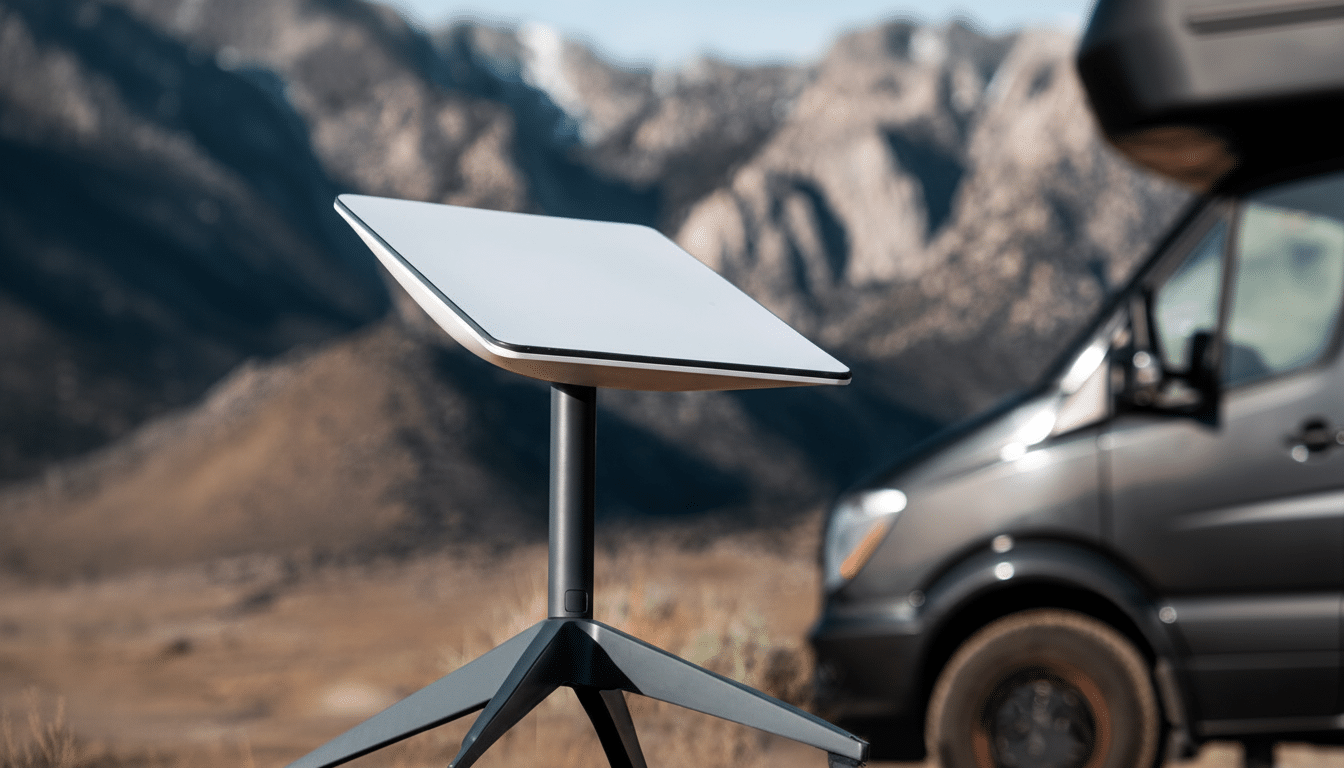SpaceX is continuing to close potential connectivity gaps on its network, raising $2.6 billion in spectrum licenses and securing a major inflight Wi-Fi victory with International Airlines Group. The twin moves come as Starlink surpasses 8 million customers across some 150 countries, up sharply from 6 million midyear, underscoring momentum in both consumer broadband and mobility.
The spectrum purchase will expand a broader package of licenses that it announced in September, and which underpin its ambitions to beam internet directly to cellphones — the next wave of service designed for letting regular smartphones connect to SpaceX’s low Earth orbit network. Meanwhile, IAG — British Airways’ parent company — will also fit out 500 or more planes with Starlink, furthering the service’s lightning-fast play for commercial aviation.

Growth Anchored by EchoStar Spectrum Licenses
The additional $2.6 billion in licenses follows a $17 billion agreement, which gives SpaceX more headroom to roll out direct-to-cell capacity at scale.
SpaceX has already tested that capability with T-Mobile, leveraging feature work in 3GPP Release 17 to support standardized non-terrestrial network features for enabling satellites to communicate with unmodified 4G and 5G devices.
EchoStar’s retreat from these airwaves as a strategy has been impelled by regulatory and political pressure. The Federal Communications Commission had pressed for faster use of the spectrum, and former President Donald Trump personally entreated EchoStar to sell, according to a report by Bloomberg. A huge chunk was sold earlier by EchoStar for about $23 billion to AT&T as U.S. spectrum ownership takes shape around direct-to-device and 5G needs.
On SpaceX’s side of the equation, the benefits are clear: more licensed spectrum is less likely to become congested (like unlicensed Wi-Fi spectrum), can support higher data throughputs and makes it easier for roaming carriers to cut deals with a global provider. It also strengthens Starlink’s progression from early text and very basic data links to more educated services that could include voice, messaging apps and emergency communications where terrestrial coverage is spotty.
Airlines Sign On for Inflight Cabin Connectivity
IAG’s move puts Starlink on a fast track across short-haul and long-haul fleets, with installations starting in 2026 on the majority of aircraft not headed for retirement. The group becomes the latest in a list of airlines turning to LEO connectivity — Hawaiian Airlines, United Airlines and Qatar Airways are among others — attracted by lower latency and fiber-like performance when compared with traditional geostationary satellite systems.
During trials and initial deployments, Starlink has focused on delivering consistent, whole-cabin coverage that can support streaming as well as video calls and cloud apps at the same time. Incumbents including Viasat (which bought Inmarsat), Intelsat and Panasonic Avionics are being compelled by that proposition to respond with hybrid networks or greater capacity. The battlefront of competition has moved from megabits per second on paper to a seat-by-seat performance at scale, in the real world.

For airlines, the equation is no longer whether or not they should have Wi-Fi but how to use it as a tool for loyalty and ancillary revenue — in addition to an operational asset.
Faster connections also allow live telemetry and predictive maintenance and real-time crew applications, so the connectivity is an airlinewide improvement rather than simply a passenger perk.
Spike in Users and Broader Market Implications
The 8 million customer mark is evidence of expanding consumer appetite for services across residential, enterprise, maritime and aviation market segments. The increase from 6 million in June represents what appears to be an accelerating adoption trend as coverage becomes denser and terminal availability improves. Industry trackers believe Starlink has more than 6,000 satellites in orbit, a constellation that provides SpaceX with what it says is unmatched LEO capacity and resiliency thanks to inter-satellite laser links.
The scale advantage matters. More satellites equals better performance at the edge and more headroom to serve bandwidth-hungry segments such as aviation and cruise. But it also sets the higher standard for spectrum efficiency and traffic shaping; maintaining low latency while millions of terminals share access continues to be the operational challenge to beat.
Competitively, the race for direct-to-device is heating up. AST SpaceMobile has shown the ability to make broadband calls from regular smartphones with support from AT&T and Vodafone, while Apple has made satellite SOS a hit on Globalstar. Lynk Global is chasing IoT and messaging. SpaceX’s broader spectrum position, along with its pace of manufacturing, grants it a cost and scale runway that rivals will have difficulty matching assuming regulatory approval keeps up.
What Comes Next as More Spectrum Enables New Services
More licenses would unlock different forms of richer direct-to-cell services beyond emergency texts — messaging apps, voice and moderated data rates for unmodified phones — but only in rural areas and on water. Seamless roaming onto satellites when terrestrial signals fall, handled natively by carrier partners without user action, is the longer-term play.
Execution would depend on close coordination with the FCC and regulators overseas, alignment with evolving 3GPP standards, and gentle coexistence with land-based networks. If SpaceX turns these new rights to spectrum into live capacity while it continues its airline rollouts, it inches toward a compelling and simple promise: They can keep your phone and their flight online, most everywhere you go.

